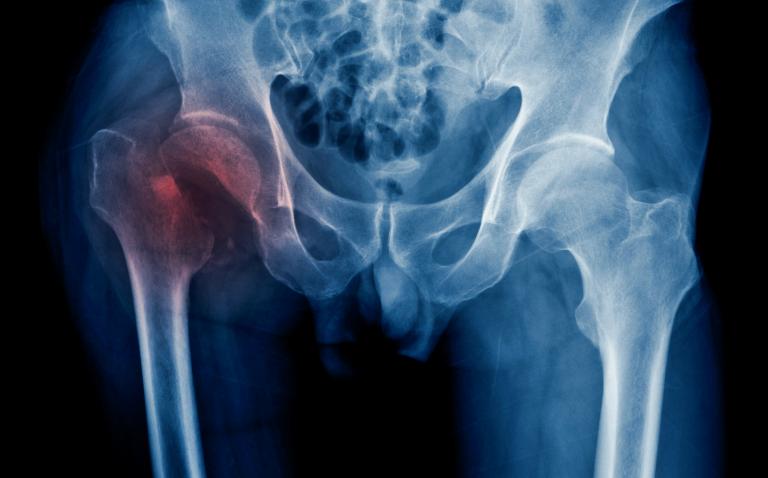Hip fractures are a major cause of death and disability among older people worldwide, with 70,000 cases every year in the UK, which cost the National Health Service (NHS) in the UK around £2 billion.
In 2010, a Best Practice Tariff (BPT) was launched across England, which promised extra payments to hospitals for each hip fracture patient whose care satisfied six clinical standards, such as surgery within 36 hours.
Researchers from the University of Oxford and Yale University compared the data from England with that in Scotland, which does not provide BPT payments to hospitals. They found that the BPT scheme saved up to 7600 lives in England between 2010 and 2016.
David Metcalfe of Oxford’s Nuffield Department of Orthopaedics, Rheumatology and Musculoskeletal Sciences, said: ‘This is the first study to show that the Best Practice Tariff drove changes in practice that reduced mortality for older adults with a hip fracture in England.
‘Our research also suggests that the BPT led to generally improved standards of care for hip fracture patients. It increased the proportion of patients receiving an operation within 36 hours, shortened the average length of stay in hospital and reduced the number of patients that had to be re-admitted to hospital.
‘As it is possible that similar schemes could improve outcomes for patients and reduce costs for the NHS, we should support the controlled expansion of the BPT model to other clinical areas.’
A total of 1,037,860 adults aged over 60 were admitted to hospitals between 2000 and 2016 with a hip fracture in England, and 116,594 in Scotland. Before the BPT scheme was introduced, trends in 30-day mortality were the same in England and Scotland. However, the number of hip fracture deaths fell much more markedly in England after the BPT was introduced. A pre-existing trend towards increased numbers of patients requiring re-admission to hospital was halted after the introduction of the BPT scheme.










